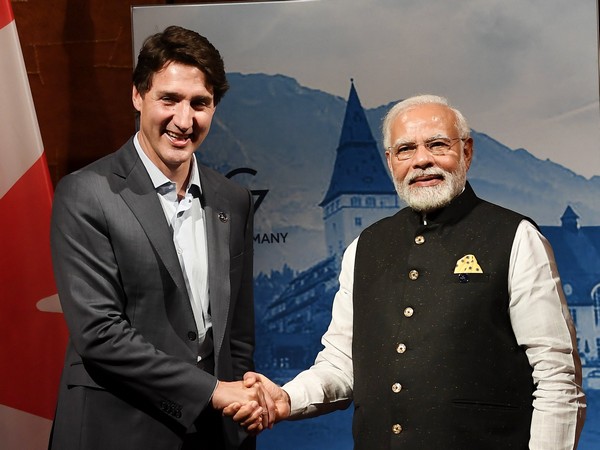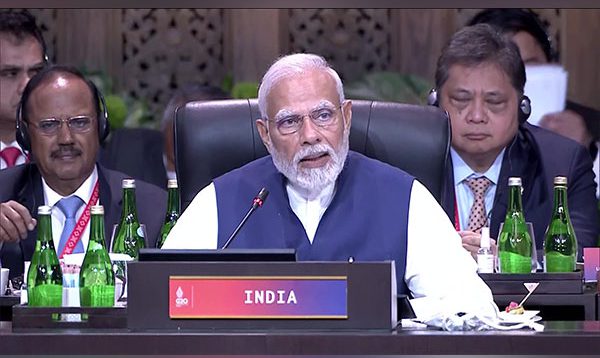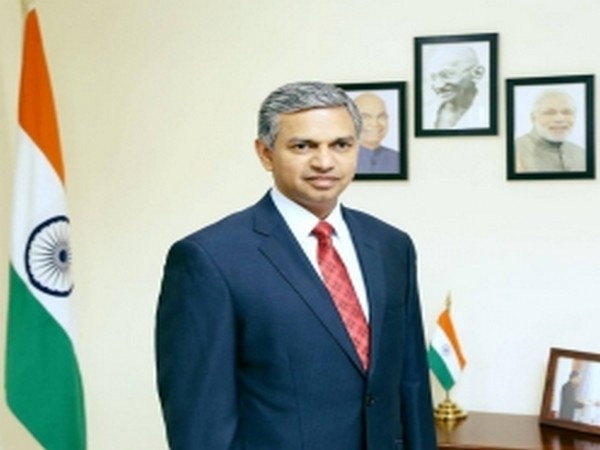Indian-origin economist, Tharman Shanmugaratnam was sworn in as the ninth Singapore President on Thursday, two weeks after his landslide victory in the polls, The Strait Times reported.
Tharman (66) took the oath on Thursday evening at his inauguration ceremony after completing an inspection of the guards at the Istana.
Tharman, an economist and a civil servant served mainly at the Monetary Authority of Singapore, before joining politics in 2001. He has served as Minister for Education and Finance and was Deputy Prime Minister from 2011 to 2019, according to Channel News Asia (CNA).
Prime Minister Narendra Modi also congratulated Tharman after his victory and said he looks forward to working with Shanmugaratnam to further strengthen the India-Singapore Strategic Partnership.
In his inauguration speech, Tharman reiterated his plans to unite the nation.
Shortly before Tharman’s oath, his predecessor, Madam Halimah Yacob, had also inspected the guards and bade farewell to the line of honour before departing the grounds for the last time as president. She was accompanied by her husband, Mohamed Abdullah Alhabshee, The Strait Times reported.
Tharman said he was honoured and humbled to have been elected and stressed the Singaporeans to grow their sense of togetherness.
“This was a vote of confidence in Singapore’s future, a future where we all progress together and deepen our solidarity as Singaporeans. It will make us a better society, and add to our ballast as we face a more turbulent world,” The Strait Times quoted him as saying.
Talking about the strong mandate given to him by the people, Tharman said he will work with the Government, community groups and other voluntary organisations, and the entire nation to strengthen multiracialism and nurture a more inclusive society.
On the specific roles of the president, Tharman said he will confer closely with the Council of Presidential Advisors, and be thorough and impartial in his assessments, and in exercising his veto powers on the reserves and key public service appointments.
He added that he will “be scrupulous and independent in making judgments that involve the use of the ‘second key’ on our reserves”, The Strait Times reported.
Going back to his campaign promises, Tharman also reiterated his plans to promote greater interactions between different communities and enhance respect and appreciation for one another.
He added that he also plans to lend active support to the arts and sports scene here, represent Singapore and promote its interests abroad.
Singapore Prime Minister Lee Hsien Loong also addressed the ceremony and said that he looks forward to Tharman’s support in sports and the arts, which will help Singapore become a rich and rounded society.
“I pledge my government’s full support and cooperation as we operate this unique system to protect our reserves and key appointments,” The Strait Times quoted Lee as saying.
Noting Tharman’s wealth of experience in economic and financial matters, and his familiarity with how the system of the second key works, PM Lee said he has every confidence in Tharman’s ability to fulfil the important duty of the president in holding the second key.
PM Lee added that Tharman’s experience in public service has prepared him well for his new responsibilities.
He further cited Tharman’s appointments in Cabinet, his time at the Monetary Authority of Singapore and his 22 years of service as an MP for Jurong GRC.
PM Lee said that the Government shares Tharman’s declared goal – to build a more inclusive society, one where everyone is valued for who they are, and every Singaporean has a place.
He also said that he looks forward to Tharman’s help in strengthening ties with other countries and international partners, and opening opportunities abroad for Singaporeans and local businesses as Singapore’s top diplomat, The Strait Times reported.
PM Lee further said that he has no doubt that Tharman, having held high-level appointments in international organisations and blue-ribbon advisory panels, will fulfil this role with distinction.
“The Government will work closely with you and support you to make the most of your experience and personal standing, in order to advance Singapore’s interests and enhance our status in the world,” he said.
PM Lee also noted that there is one person whose personal support will matter greatly to Tharman.
“Let me take this opportunity to welcome your wife, Jane Ittogi Shanmugaratnam, to the new role that she will play as the spouse of the president in the years to come,” he added.
In his closing remarks, PM Lee said that Singapore is navigating its way forward in an increasingly troubled and uncertain world.
“Our society is in transition as we adapt to and evolve with changing circumstances. At such times, it is crucial that our nation’s highest office be occupied by someone with the right experience and abilities, values and character,” The Strait Times quoted Lee as saying.
“I am sure that like your predecessors, you, too, will be a president for all Singaporeans, and serve Singapore with dedication and distinction,” he stated.
Meanwhile, former Minister Tharman Shanmugaratnam was elected as Singapore’s ninth President with a resounding victory on September 1, Channel NewsAsia (CNA) reported.
In a landslide victory, Tharman earned 70.4 per cent of the vote, with former GIC chief investment officer Ng Kok Song coming in second with 15.72 per cent.
Singapore held its first contested presidential election in 12 years. (ANI)
Read More: http://13.232.95.176/





